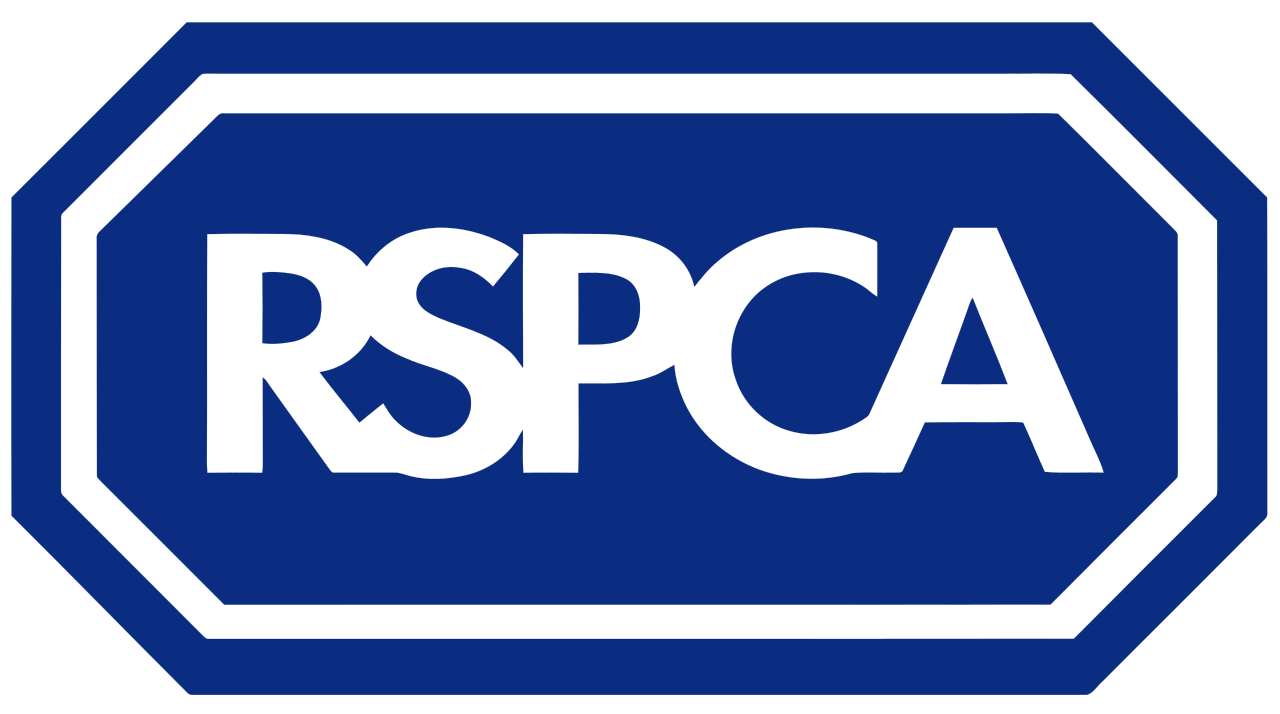Training with treats
Treats are a great way to teach our dog new behaviours, as you can get many repetitions in quickly and most dogs will work for food. Try not to think of treats as bribery and instead as payment for a job well done. The treats don’t need to be huge, and you can break them up into small pieces, just a taste will do. Also be aware that you may have to up the value of the reward if your dog is not focusing.
For example, in the home you can use dog treats or pieces of their dry food etc, but outside where there are more distractions, it may be worth trying pieces of chicken or cheese etc. You won’t have to reward with treats every time forever. Once a dog has learned a new behaviour, you can reward with praise, play and the occasional treat (or whatever your dog finds rewarding), however, it is advisable to always use treats for some training, as if you wish for a dog to keep working for you, you should keep paying them.
The use of a marker word
A marker word is a word that you can use to mark the exact moment our dogs do what is asked of them. This can help make training nice and clear for our dogs. The word should always be the same and should always be followed by a treat.
It is up to you what word you use, but I would suggest “yes”, as it is short and sharp. A clicker works in a similar way to a marker word. An example on how to use a marker word, or clicker as a marker would be, you ask the dog for a sit and the second their bottom touches the floor, you say the word, or a click and a treat follows.
Train in low distraction areas first and once your dog can get the training in that location, look to slowly move onto higher distraction areas, going back to training in the previous location for a while longer, if you move on and find your dog cannot focus or understand what you are asking. Training sessions only need to be little and often to be effective. For example, 3-4 training sessions a week, that last between 5-15 minutes is more than sufficient. It is recommended to keep a training diary of your sessions, as this will allow you to track progress and help with trouble shooting if you are struggling to make progress.

